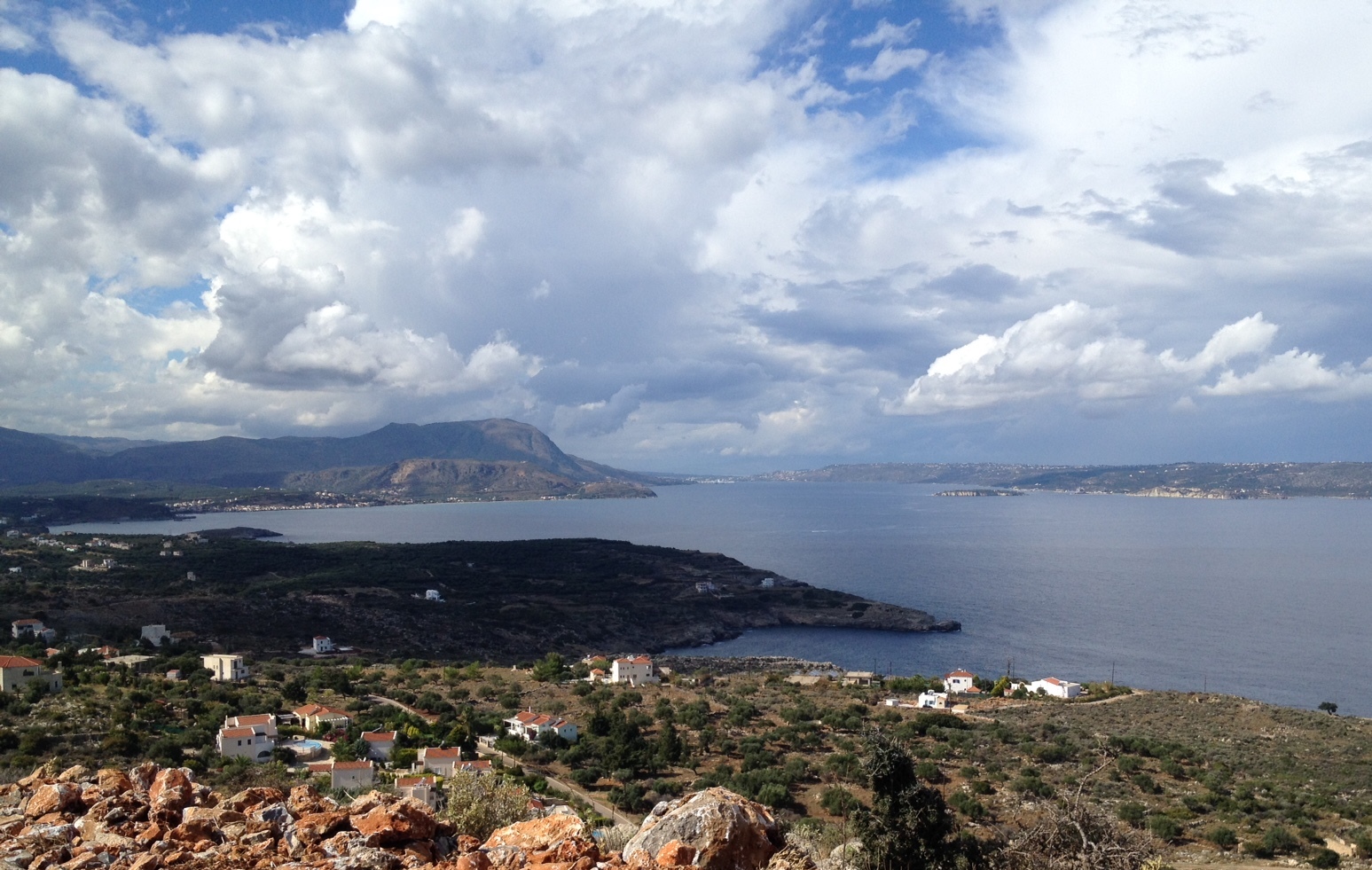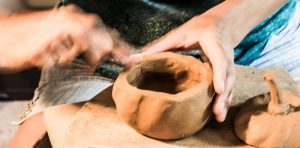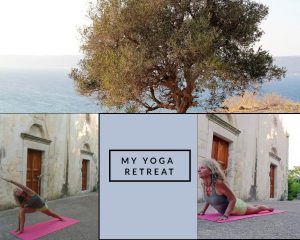If you like authentic, then a visit to Apokoronas district is a must.
Apokoronas is a region in north-west Crete, at the east of the city of Chania. Nowadays it is a municipality of the Chania Prefecture, with its capital at Vrisses. The Apokoronas municipality is divided into 6 municipal departments. The name ‘Apokoronas’ possibly originates from the ancient city of Ippokoronion. This city may have been located near the village of Nippos, or on the site of the Venetian fortress, Castle Apicorono in the hill of Kalyves.
The Apokoronas extends from the foothills of the White Mountains to the coast on the north, in a wide plain with rolling hills. To the east, Cape Drapanon (527m) rises above the plain and extends out into the Cretan Sea. The area is exceptionally green and fertile, unusual for rocky Crete. The Apokoronas area is a rich agricultural region with many olive groves, vineyards and orange groves. Walking around, you can often hear the sound of sheep and goats who roam freely. The magnificent views from every single angle on the White Mountains, the wide views over Souda Bay, the Akrotiri Peninsula, the Aptera Ancient site, the Drapanos Mountain and the beautiful, natural rivers in Apokoronas such as Kiliaris, Xydas, and Boutakas are typical for the Apokoronas region. Apokoronas is also known as the location of much of the filming of the movie “Zorbas the Greek”. Nowadays there are approximately 13.000 inhabitants in 50 villages and settlements. Some of the villages of Apokoronas are Vamos, Vrisses, Kalyves, Armeni, Neo Hwrio, Plaka, Fres, Gavalohori, etc. These villages are little treasures that need to be discovered one by one: for their unique colors, nature and architecture. Gavalohori is a good place to start and discover how it feels like to fall in love at first … walk.
Gavalohori may not be the most famous village of Apokoronas, but it definitely is one of the most charming: you don’t meet very often settlements where the traditional architecture has been preserved so well and with so much color. According to tradition, the village was named after the family of one of the 12 Archons of Constantinople (Gavalades) that settled in Crete in 1082, following the orders of Emperor Komninos.The best you can do when you arrive at the village is to wander around by feet. You will be lead to scenic narrow lanes and old neighborhoods. Traditional architecture, colors and colors again, violet and terracotta, benches and arches, houses that preserve the aesthetics of past times (and perhaps, a touch of Byzantium), small green gardens and white yards we bet that soon you will start daydreaming that one of these houses belongs to you.
It worth’s a visit to the Historical – Folklore Museum of the village. There you will see fascinating exhibits that bear the history and culture of the region and even the Museum construction presents great architectural interest. Among the exhibits, you will see a wedding dress made with traditional lace-making technique (kopaneli), an exclusive female tradition. Afterwards, go to the square with the sycamore tree and continue walking uphill. The signs will guide you to the 17th century pre-industrial olive press and a bit further in the borders of the village and the wells of Gavalohori.
Follow the signs to the uphill road, continue to the left and a few meters outside the village start looking for the sycamore trees. There, in a lovely glade, you will find the famous wells of Gavalohori. Carved into the stone with semi-domes like ceilings, these constructions are unlike anything similar you’ve seen in the past. Almost certainly they were made during the Byzantine times and used to be thirty in number, playing a crucial role for the village’s water supply. Today many of them have been covered, but those remaining open still have water inside.
Do not miss to visit The Elephant’s Cave by Drepanos
Its entrance is now 10 m under the sea level and leads to a main chamber, yet above sea level, 125 m length and 20 m width. The cave of elephants, at Kokkino Chorio village, (Apokoronas Region), presents a great interest, both as a natural monument and a scientific finding. The underwater geological and paleontological research brought to light a large number of elephant bones, which associated with the rich stalagmite decoration and generally the morphology of the cave, made it unique.There, among the cypress and olive trees you will find a small village Vafes. You get to Vafes from Vrisses, when taking the branch towards south into the mountains in the middle of the village at the supermarket ‘Inka’. Short before the village Vafes is a larger parking area with a good visible sign of the Greek Ministry of Education and Culture pointing to the Chapel of Saints Asomatoi.
Compared to other chapels of that time it reveals a special feature. Instead of the usual pictures from the life of Christ and depictions of Saints, the Church walls in the entire interior are painted with geometric patterns in a color which evokes associations of dried blood. Excavations revealed that the chapel was built on an older, larger church from the 6 – 7 Century. North of the building are remains of a second nave in the ground. Tombs were discovered East and West of the Church, some with burial objects from this time. Then continue your way to Vafes and turn left at the monument. Downhill, before the entry of the small Gorge is a place with a goat fold yard, where you can comfortably park your car. Here begins the well laid, signposted hiking trail to the Cave of Krionerida. Inhabitants of the village had fled to protect in the cavern, but were detected. The Turks kindled a fire and everyone in the crawl space under the Earth choked. The mortal remains of the victims are located in a shrine at the entrance of the cave and a Memorial commemorates the cruel fact Exploring the cave is very difficult because it is only crawling “accessible.” The room is a cleft that extends more to the back. The dark smoke traces of fire on the cliffs are still today readily identifiable. Back in the friendly daylight, follow on your way back, just before the climb to the cavern, the sign towards left to the simple but well-kept Cave Chapel of Agios Yannis. It goes over the creek and an impressive, natural portal, which is formed by a huge down fallen rock.
Lake Kournas Lake Kournas is located 3 km inland from Georgioupolis at the foot of the mountain and is the only freshwater lake in the whole of Crete. This makes it a popular “exotic” weekend destination for the Cretans. The landscape in Kournas, especially if you pick a grey day, is reminiscent of a mountain lake in the Alps and you lose the sense of being on Crete. Unusual!




